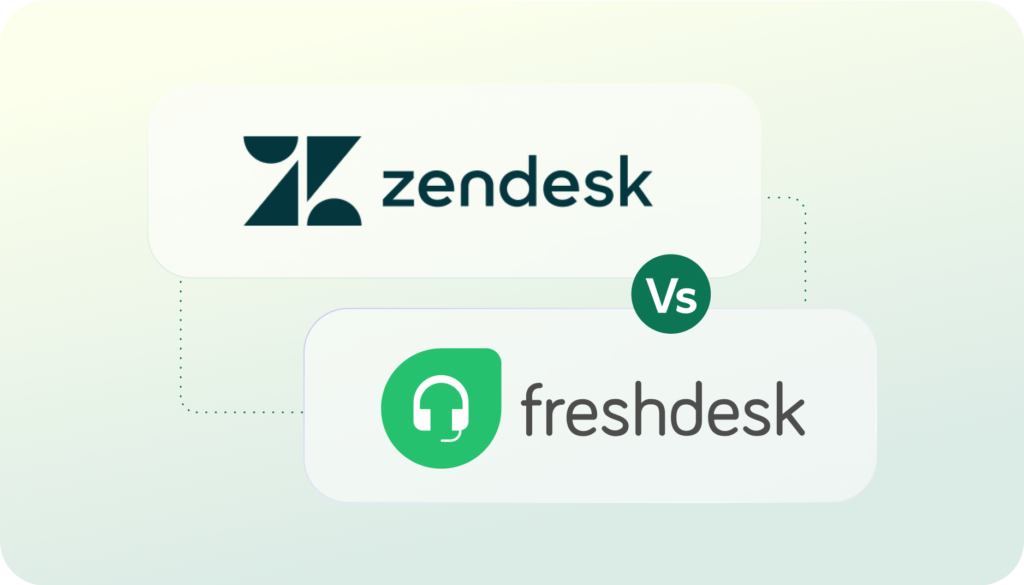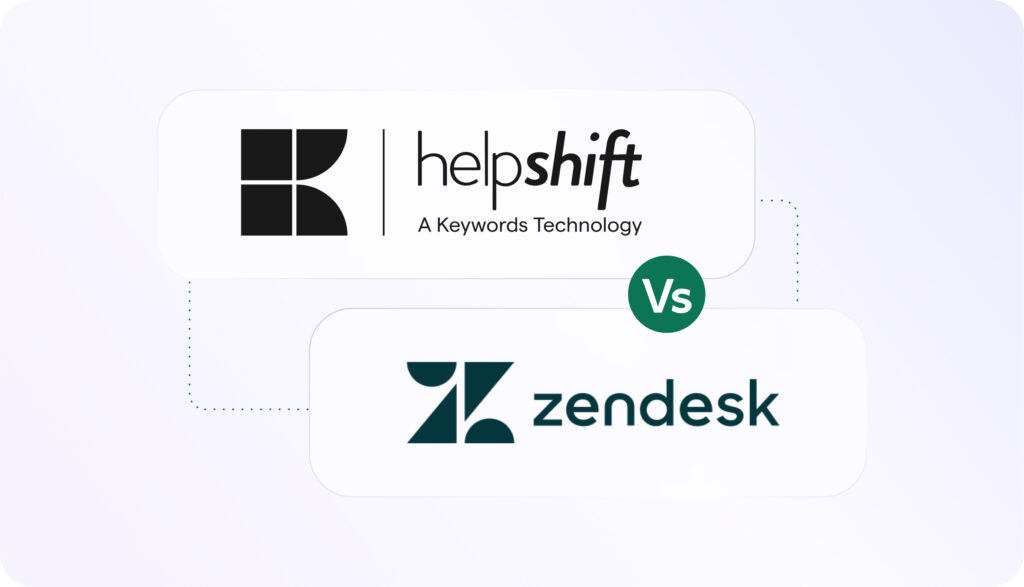Customer needs determine whether or not a customer chooses to purchase something, so they’re hugely important for any business. Needs also have a bearing over whether or not a customer decides to stay local to the business they’re shopping with. Read on to find out more about customer needs and what they mean.
What Are Customer Needs?
When we talk about customer needs, we’re referencing the specific reasons that lead customers to making a purchase or staying with a company. For instance, a customer who is hungry might need to purchase a meal, while a customer who is worried about their skin in the blazing summer sunshine could be on their way to pick up a bottle of sunscreen. The needs of customers will dictate the products they’re currently searching for and where they choose to look for them.
Types of Customer Needs
There are two main types of customer needs: physical and psychological. Let’s take a closer look at these customer needs to find out more about how they differ.
Product needs (Physical):
A physical need is a basic, primary need that a customer experiences. A customer could, for example, be feeling cold in the winter weather and therefore in need of a new coat. Or, a customer might be thirsty while out and about, leading them to a cafe to fulfil their need of a refreshing drink. While psychological needs might play a part in the decision making process, swaying their choice of brand for instance, the main need that leads to the purchase is physical.
Service needs (Psychological):
Purchases that are influenced by psychological needs are a little more complex than those resulting from product needs. If a customer chooses to purchase an item due to a psychological need, then they will likely be looking for a brand that aligns with their personal values. This is also where the value of good customer service shines through.
Six Basic Customer Needs
Within the umbrella term of customer needs, there are several more specific needs. These are some of the most common ones:
- Transparency: Customers prefer to shop with brands that they feel are trustworthy, and therefore deserving of their hard-earned money.
- Empathy: Customers like to spend with brands that they feel understand them, their preferences, pain points and values.
- Friendliness: A brand that appears friendly, with welcoming sales representatives, is more likely to attract the attention of consumers.
- Control: Many customers appreciate a feeling of control in their transactions, so a need for control may influence whether or not they make a purchase.
- Information: Customers require information to help them make informed decisions. The amount of information customers need varies depending on the specific product being sold, and the cost of the item.
- Accessibility: Accessibility can have a huge bearing over the customer experience, so many opt to shop with brands that are easily accessible however they choose to contact them.
How To Identify Customer Needs
Identifying the particular customer needs that most commonly lead customers to your company can provide new opportunities to expand, along with the potential to further optimise the experience that both new and loyal customers enjoy.
Customer Needs Analysis
Analyse existing data to learn all you can about the decisions customers have made before making a purchase. Look into past feedback, listen to your customers and ask customers to tell you why they decided to buy from you. Gather information to start your customer needs analysis.
Customer Surveys
Customer satisfaction surveys can be invaluable in helping brands to understand customer needs and learn from the decisions of their loyal customers. Helpshift provides the tools you need to set up surveys that’ll help your company to grow. Here’s how to do it.
Means-End Analysis
Means-End analysis can be used to identify the customer needs that start your customers on the buying journey. This form of analysis is particularly useful for companies selling products that fulfil physical needs, but analysis can also be used to identify psychological needs that might impact buying decisions.
Social Listening
Today’s customers are more than willing to share their opinions on the companies they shop with – and they’re likely to do so via social media. Monitor social channels for mentions of your products and services. Look out for mentions of your company name and listen out for this important feedback.
How To Effectively Address Customer Needs
If a business is to excel where customer experience is concerned, then it needs to make customer needs a priority. Within customer service in particular, it’s paramount that teams take the time to truly listen and understand customer needs. This way it’s easier to be proactive in the support on offer, ensuring that your company always goes above and beyond to satisfy both new and existing customers.
- Consistent messaging: Consistency is key, so make sure your messaging remains consistent for all customers, no matter how they choose to interact with your brand.
- Good onboarding: Make the onboarding process a breeze and you’ll avoid customers becoming frustrated before they’ve even begun addressing their needs.
- Great customer service: Customer service is vitally important for any company. The friendliness, efficiency and accessibility of your customer service offering can make a real difference to how customers feel their needs are being met.
- Proactive support: Provide proactive support for all customers. Don’t wait for them to ask for help. By offering support as a matter of course, you’ll ensure your customers always have the best possible experience.
How Helpshift Supports Customer Needs
Helpshift is designed to help teams provide customer-centric service that meets customer needs. Every stage has been created with the needs and emotions of the customer in mind, assisting with breaking down organizational silos and delivering a one-company customer experience.
By consolidating customer support features onto a single platform, businesses are able to offer frustration-free support experiences which meet and surpass customer expectations.
With Helpshift, not only are customers empowered to meet their own needs through self-service but agents are also better-equipped to provide faster and more effective solutions to more complex problems. With in-channel CSAT request capabilities customer experience feedback is captured while the customer is immersed in the experience, helping teams to understand how and if they meet customer needs as well as how they can improve.
Additional Information About Customer Experience
- Instructions: What are (CSAT) Customer Satisfaction Surveys, and how do I set them up?
- Glossary: What Is Customer Satisfaction?
- Product: Self Service Experiences
- Product: Conversational Help



